When you go to visit shrines, especially on Hatsumode, you are likely to draw omikuji.
I do the same. When I visit a shrine for the New Year, I always buy an omikuji with a lot of enthusiasm, especially when I say to myself, “Now, what is my fortune for this year? I always buy one.
If I get a good one, such as a “daikichi” (great fortune), I feel happy, but if I get a bad one or a big one, I feel down.
But when I get a bad or bad luck, I feel down. I guess I draw it just like fortune-telling, and I don’t feel happy or sad at all.
But still…
Don’t put any bad luck in it, at least for New Year’s! Don’t you think? (^_^;)
About 20 years ago, my brother and I once went to Itsukushima Shrine (Miyajima) for Hatsumode (New Year’s visit).
We drew fortunes together, and I think my fortune was usually good, but my brother’s was bad. I think it was a big bad one.
Then he drew it again…and it was bad again. (@o@)
My brother was a little depressed because of two consecutive bad draws. (^_^;
But nothing happened to my brother or his family that year, and they seemed to have had a pleasant year.
In a way, my brother was very lucky to have two bad luck years (laughs).
Today, I would like to summarize the meaning of a “bad luck” fortune , and whether it is really bad if you draw a bad luck fortune.
What does a “wicked” fortune mean?
We say “good luck” and “bad luck,” and there is an image that good luck means good things and bad luck means bad things will happen.
But is this originally true?
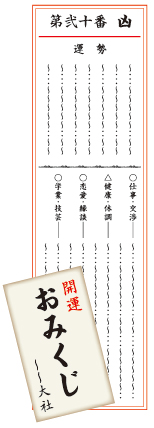
What about the bad luck, especially with omikuji?
Omikuji are words of encouragement from God
At the beginning of this article, I wrote that I myself draw fortunes in the mood of fortune-telling, but that is not what a omikuji is supposed to be.
Omikuji is originally meant to “receive God’s words” and “receive God’s love and encouragement,” and is distinct from mere fortune-telling.
Therefore, even if you get a bad omikuji, it does not mean that bad things will befall you, but rather, it is better to take it as a word of encouragement from God telling you to reflect on what you should reflect on and to do your best.
When you get to a certain age, you don’t need people to warn you anymore. How wonderful it is to receive attention from God!
What do you mean, now is the bottom…?
And another aspect of the wickedness is that “now is the bottom and it will get better from now on”.
Which means…
” It sucks now, but that only means it ‘s only going to get better from here on out.”
This is also an aspect of a bad omikuji.
When you see it, you may be upset and think that something bad is about to happen, but in fact, the opposite is true. It is bad (or stagnant) now, but it will only get better.
When you think about it, even bad luck is not a bad thing.
What to do after drawing a bad fortune?
Take good care of a bad omikuji!
It is not limited to bad omikuji, but a good omikuji is not something you just throw away after saying, “Wow, I got a great omikuji! It’s not something you just throw away after saying, “Oh no, it’s a bad omikuji.
Each of the written words, especially in the “fortune” section, has a very meaningful meaning. The words are a little difficult to understand, but you should read them carefully and feel what they mean.
Many people tie their fortune slip to a branch of a tree at the shrine before leaving, but it is recommended to take it home with you if possible, put it in your wallet for a while, and read it again from time to time as a lesson.
I usually take it home with me because I think it is better for the original meaning of the omikuji.
(You can keep it for a while and dispose of it at an appropriate time, but I think it would be best if you have it burned at the next year’s bonfire.)
Tie it to a tree branch? No?
I think most people tie it to a tree branch and go home, saying that it is “bad luck,” especially if it is bad luck.
As I wrote earlier, a bad omen does not mean bad luck, and I recommend keeping it for a certain period of time afterwards, but if you are really concerned about it, you can tie it up and go home.
It is not a bad idea to tie it with all your heart, since “tie” also means to make a connection with God. It is also said that the tree’s life force will bring you luck.
It is also said that if you tie the knot with the opposite hand from the one you normally use, it means that you have “accomplished something difficult,” and the bad luck will turn into good luck…
In reality, it is quite difficult to do it… (smiles)
It is said that tying a knot to a tree can be detrimental to the growth of that tree, and more and more shrines have prepared special sticks and strings for tying. In places where such a special string is available, it is said to be harmful to the growth of the tree, so please try to tie it there if possible.
There are many other stories about bad fortunes. I’ll try to summarize a few.
Mini-Miscellaneous Stories about Bad Luck Omikuji
Are you reducing the number of bad lucks at New Year’s?
It is said that shrines can decide the ratio of good luck and bad luck in their omikuji when they order them from suppliers. If this is the case, it would not be surprising if some shrines reduce the number of “bad lucks” during New Year’s. Of course, this is not publicized, so we do not know.
Of course, we don’t know because it is not publicly announced, but I think it is highly possible.
Is therumor true that Sensoji Temple has many bad luck?
Sensoji Temple in Asakusa, Tokyo. Comedians have talked about how many bad lucks have occurred there in a row, and the Internet has also mysteriously written about how many bad lucks occur there.
The Senso-ji side says that they use old fortune cards (instead of new ones, which are averse to bad luck), so it seems certain that there are actually a lot of bad lucks.
According to one theory, the percentage of bad luck is usually around 10%, but at Sensoji there are 20% to 30% bad lucks. But maybe this is also a “word of encouragement” from the Buddha.
Is it possible to draw again when you have drawn a bad luck? No?
Basically, it is “no” to draw the omikuji twice. It is reasonable to think that the omikuji you drew is the word of God (or Buddha). (My brother drew twice… lol)
First of all, read the omikuji properly, look back and think about yourself. And if you really want to ask again, go back after a few days.
How long is the omikuji valid?
Somehow, I think, “Oh, I wonder if this year will be like this,” and I don’t really think about the validity period (laughs).
In fact, there is nothing fixed about the validity period of omikuji.
If you think it is a week, it is; if you think it is a month, it is; if you think it is a year, it is; if you think it is a year, it is; if you think it is a month, it is.

Omikuji” is like fortune-telling, but it is not mere fortune-telling. There is no need to be happy or sad, of course, but it is good to touch such “words of God and Buddha” in our busy daily lives!
When you go somewhere to pay a visit to the shrine, please try to read Omikuji again!
Why don’t you collect red seals too?
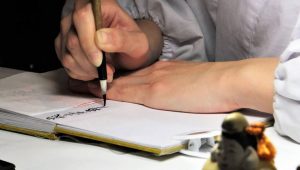
We have written about the basic manners for receiving red seals.
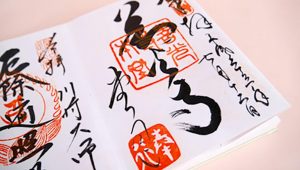

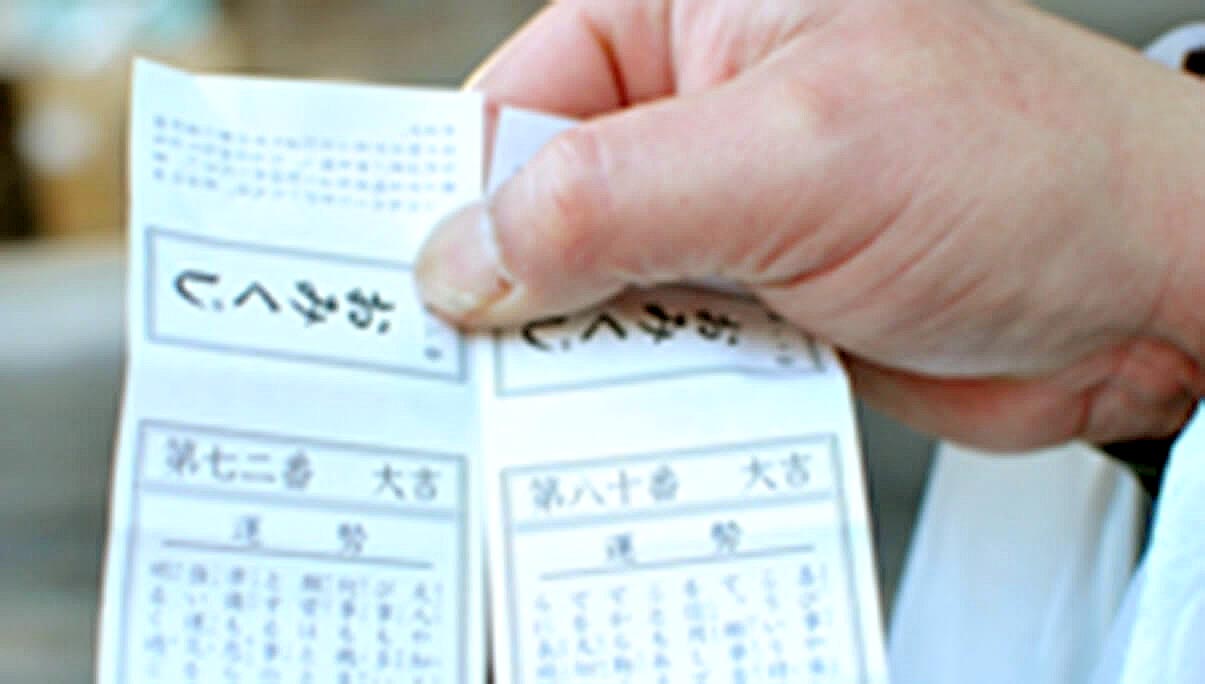
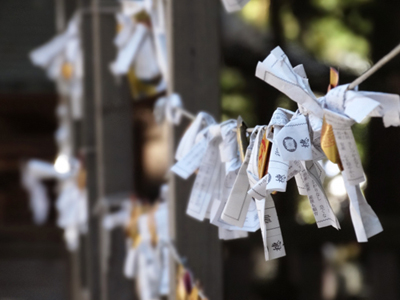
Comments